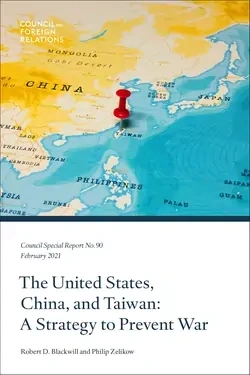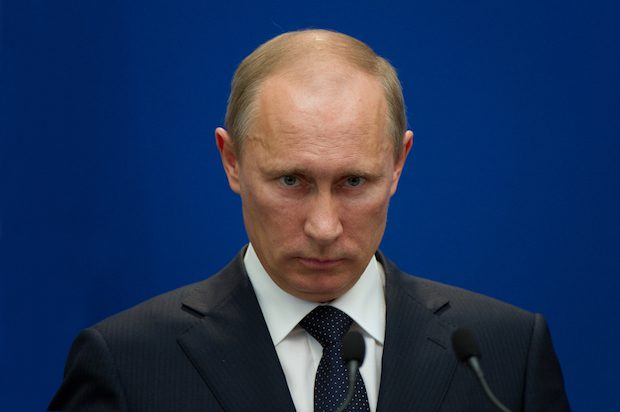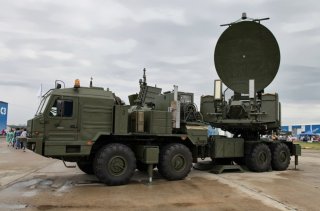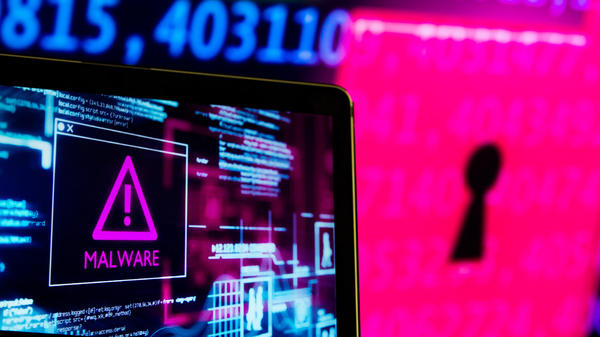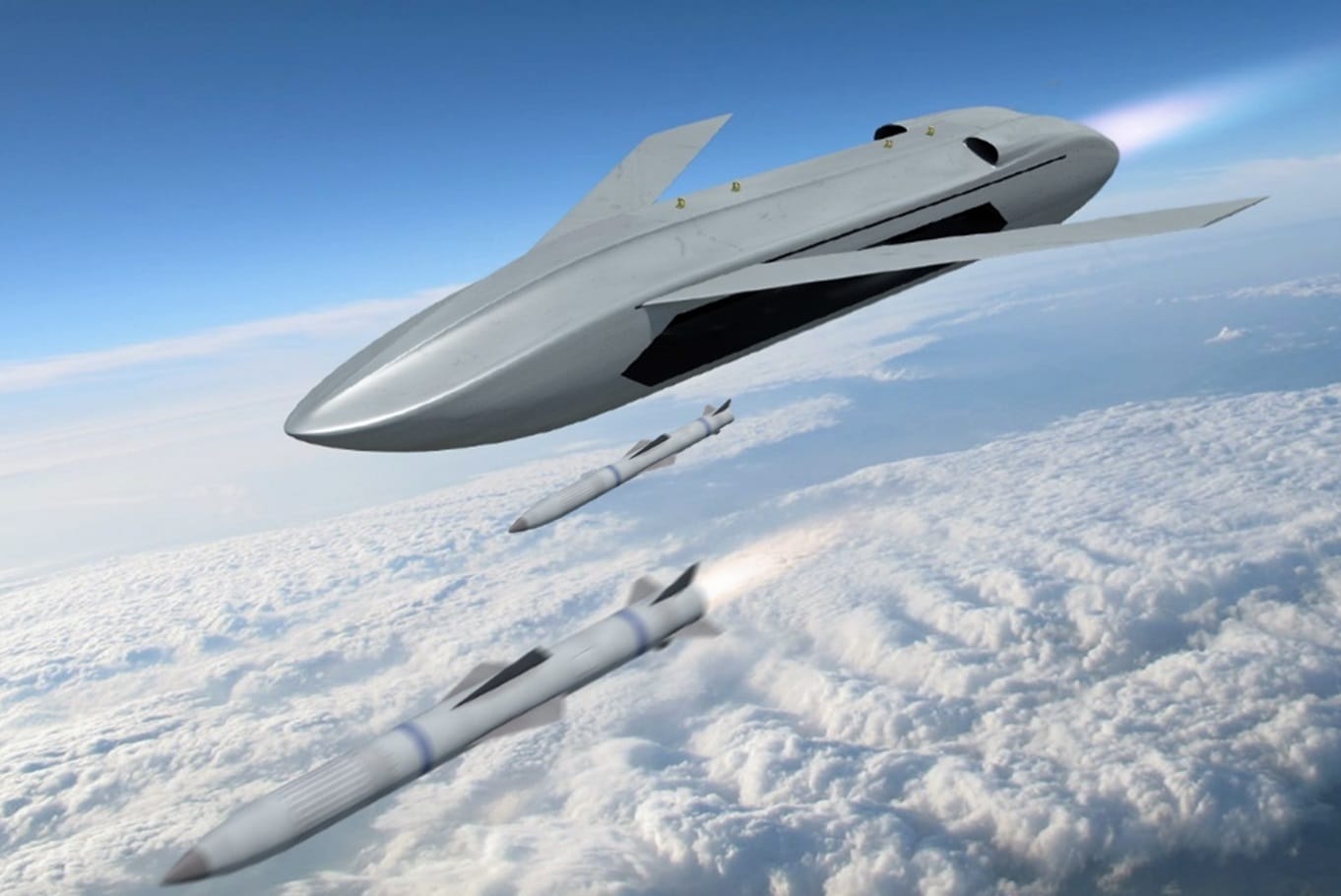By Priyanjali Simon
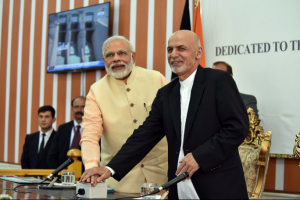 Amid Afghanistan’s political churn, New Delhi and Kabul signed a $236 million dollar deal for the construction of Shahtoot Dam on February 9. This developmental project would provide safe drinking water to approximately 2.2. million people and boost cross-country irrigation facilities. The MoU (Memorandum of Understanding) was signed during a virtual meeting between Indian External Affairs Minister S. Jaishankar and his Afghan counterpart, Mohammed Haneef Atmar. Afghanistan’s President Ashraf Ghani thanked Indian Prime Minister Narendra Modi for the “gift of life” with the signing of the agreement.
Amid Afghanistan’s political churn, New Delhi and Kabul signed a $236 million dollar deal for the construction of Shahtoot Dam on February 9. This developmental project would provide safe drinking water to approximately 2.2. million people and boost cross-country irrigation facilities. The MoU (Memorandum of Understanding) was signed during a virtual meeting between Indian External Affairs Minister S. Jaishankar and his Afghan counterpart, Mohammed Haneef Atmar. Afghanistan’s President Ashraf Ghani thanked Indian Prime Minister Narendra Modi for the “gift of life” with the signing of the agreement.Plans for developmental projects have been a vital component of India’s foreign policy calculations in its neighborhood. Approximately 150 developmental projects in Afghanistan are underway, as announced by the Indian government in 2020. The new projects include better road connectivity, economic development, a water supply network for Charikar city and a hydropower plant, just to name a few. Infrastructure projects and developmental assistance to conflict-ridden countries have been an important tool to increase Indian presence in its neighborhood. New Delhi’s engagement with Afghanistan have been built upon historical, cultural and civilizational links. While many of India’s neighbors view it as a “big brother,” Afghanistan has welcomed the Indian presence in the region. New Delhi envisions itself as a key contributor to Afghanistan’s stability, and its objectives in the country have been three fold: to ensure that democracy in Afghanistan is sustained, pushing back against Pakistan’s influence in that country, and arresting the Taliban’s presence in the region which could potentially lead to the resurgence of terrorist activities.






